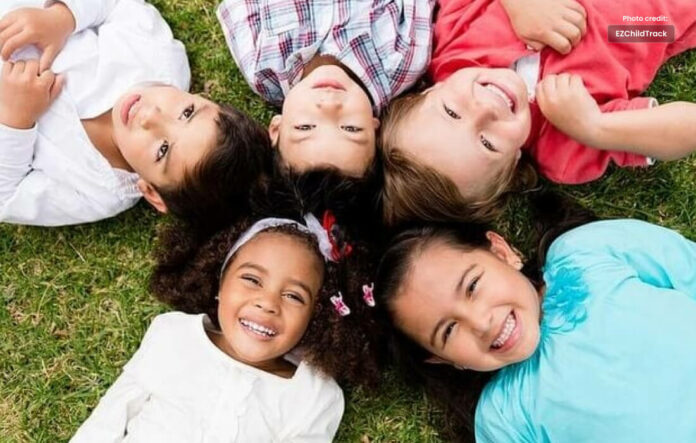People fail to experience nurturing and safe childhood their children.
It’s depressing to admit that many children don’t get the safe, secure childhood they deserve in a world where children’s safety and wellbeing should not be negotiable.
Even with great advancements in child welfare and protection, many children continue to face trauma, abuse, and neglect in many forms.
Systemic Deficits
The fundamental cause of the problem is a system of shortcomings that compromises efforts to protect children.
Timely intervention and support are frequently impeded by bureaucratic red tape, understaffed agencies, and inadequate financing for child welfare services.
Read More Informative Articles in Urdu
The issue is made worse by fragmented policies and a lack of cooperation across various sectors, which creates openings for predators to take advantage of and allow vulnerable kids to pass through.
Social and Economic Divides
Numerous difficulties that poor communities provide to children put their safety in danger. Their susceptibility to abuse and exploitation is increased by their limited access to stable housing, good healthcare, and education.
Furthermore, the cycle of poverty frequently contributes to unhealthy family dynamics, in which parents who are going through difficult times themselves may abuse or neglect their kids.
Cultural Ignorance and Quiet
Attempts to address concerns related to child safety may also be hampered by cultural norms and societal attitudes.
The stigma and shame associated with subjects like sexual assault, domestic violence, and mental health may deter witnesses and victims from coming forward or asking for assistance.
Fear of rejection or reprisals may discourage people in close-knit communities even more from coming forward with reports of abuse, fostering a climate of silence that permits harm to continue.
Digital Perils
In spite of our best attempts to put policies and safeguards in place, technology is changing so quickly that it frequently outpaces our capacity to adequately protect kids online.
Trauma’s Psychological Effects
Childhood trauma can have long-lasting impacts on an individual’s mental and emotional health, even well into adulthood. Adopted or abused children are more likely to face challenges in their later years related to mental health, substance abuse, and interpersonal relationships.
In order to break this cycle, it is necessary to provide complete support and therapeutic interventions to assist children in recovering from their prior traumas, in addition to attending to urgent safety concerns.
Insufficient Knowledge and Observation
It’s possible that a large number of community members, educators, and caregivers lack the skills necessary to spot abuse symptoms and take appropriate action.
Extensive awareness-raising activities and training programs are necessary to provide people the knowledge and tools they need to safeguard children and foster a culture of responsibility and alertness.
Partially Broken Support Systems
Fragmented support networks can make it more difficult for children and families in need to receive ongoing care, even once interventions have started.
Inadequate communication and coordination amongst child welfare organizations, medical professionals, educational institutions, and law enforcement agencies frequently lead to fragmented services and lost chances for early intervention and prevention.
If we don’t allow our kids to fail, are we failing them?
Their primary obstacle is resolving conflicts, and they frequently lack independent thought. The excessive participation of helicopter parents inhibits kids from developing the ability to deal with setbacks on their own.
Children never learn to handle disagreement on their own if parents handle every small issue for them. When my friends from college broke up, a generation ago, we would get a pint of ice cream and eat it to get over it.
Some college students are now experiencing suicide thoughts following the end of a four-month romance. Either ice cream has lost its miraculous healing qualities, or many people from this generation don’t have the capacity to deal with adversity.
There is a decline in “frustration tolerance” in the age of rapid satisfaction, according to therapists. This is how we deal with stressful events, embrace uncertainty, and learn to deal with the everyday setbacks of relationships, poor grades, and job losses.
When we can’t handle frustration, mild depression can trigger suicidal thoughts in people who can’t take care of themselves.
Conclusion
In order to address the underlying reasons behind our inability to give kids a safe childhood, we need to take a holistic approach that directly addresses institutional, socioeconomic, cultural, and technological issues.
It necessitates a group effort to put child welfare first, push for legislative changes, and create environments where kids can grow up safe and sound.
Furthermore, ending the cycle of shame and silence requires encouraging candid communication, opposing cultural norms that support abuse and violence, and giving children the confidence to speak up and ask for assistance.
Also read this: Cultivating Childhood: Make Children Personalities, Not Individuals




